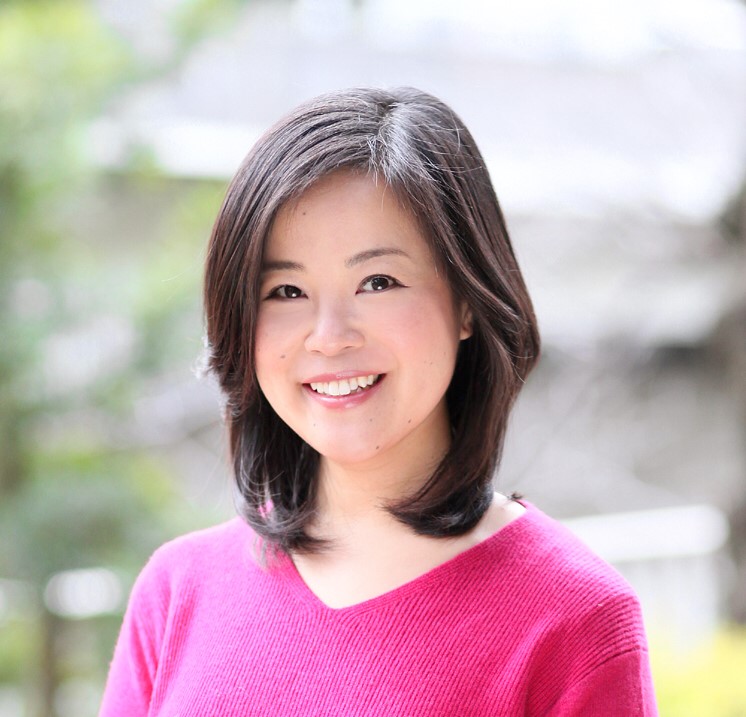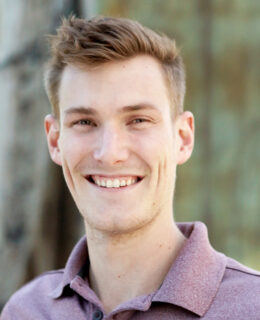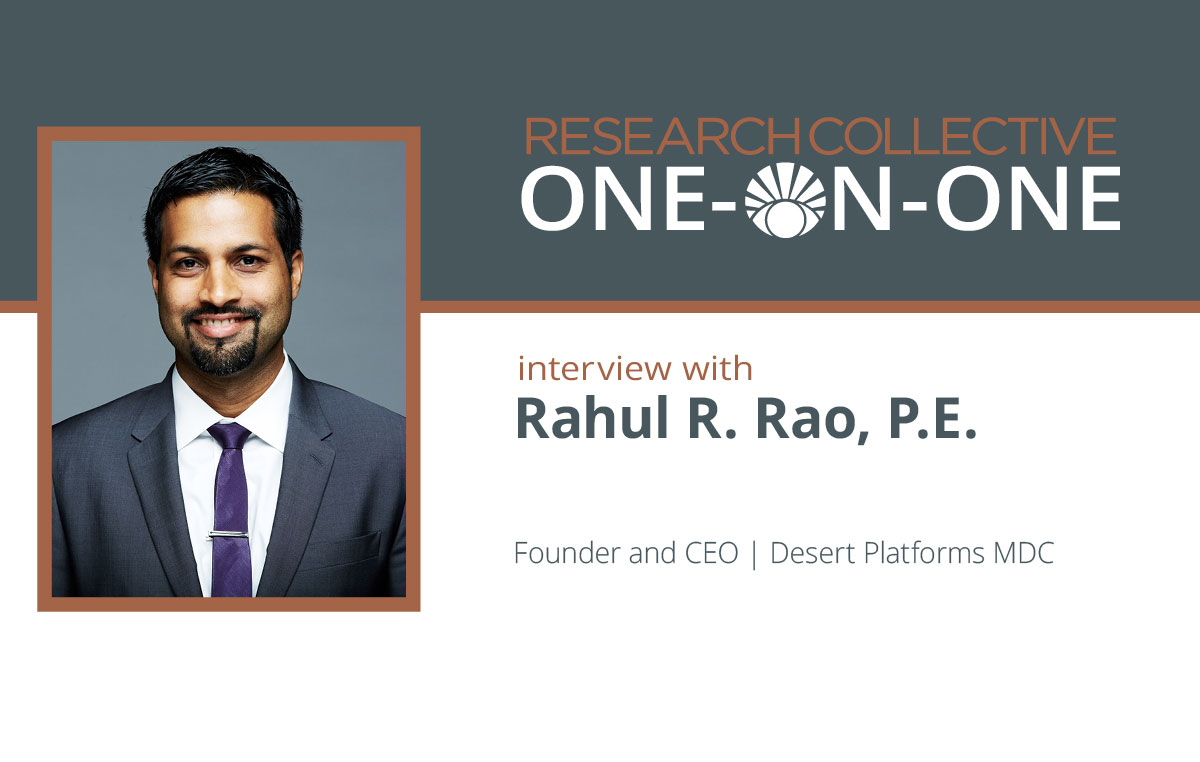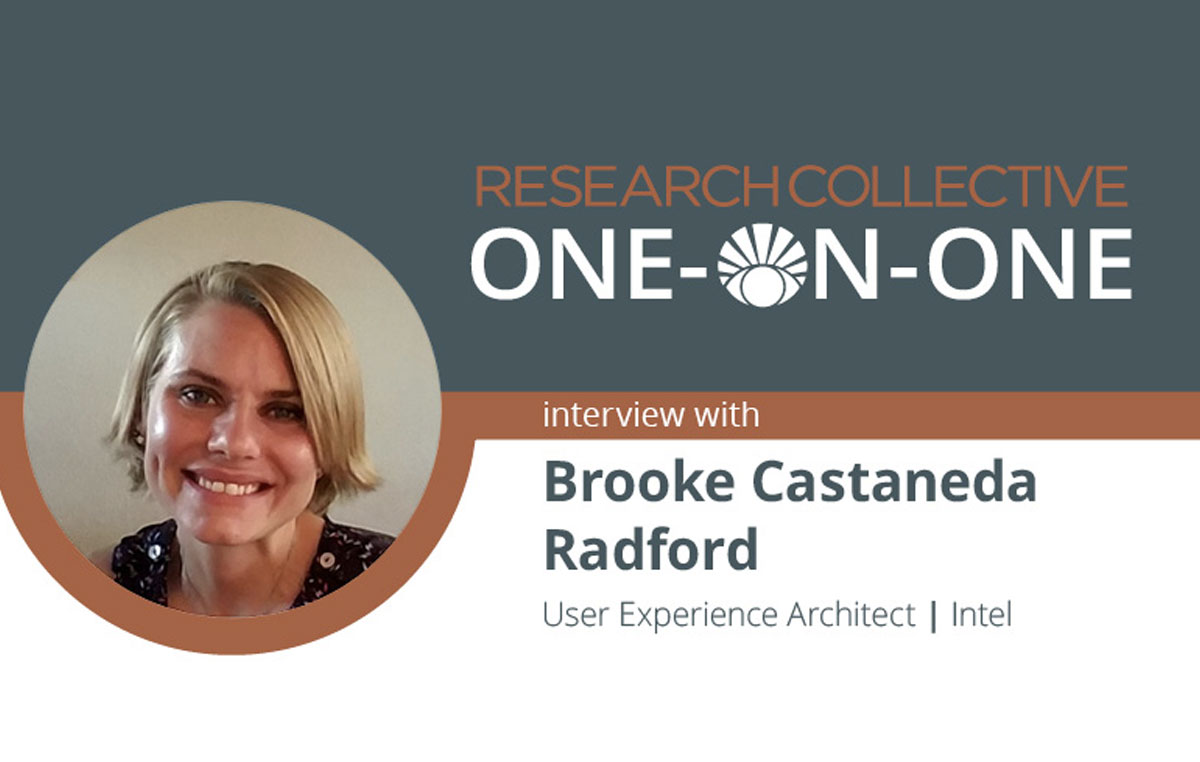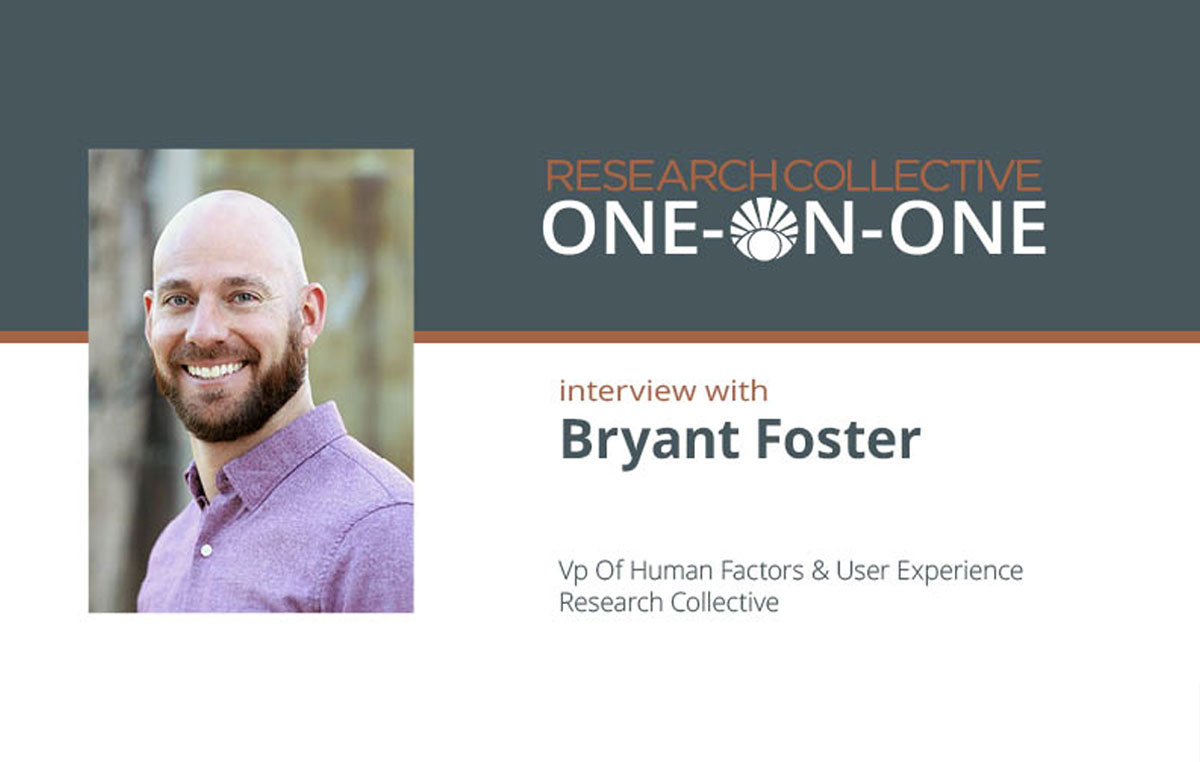Introduction
For the first time, this month’s interview features two user experience experts: Tatsuro Kimura and Mami Inoue of U’eyes Design! Based in Japan, Tatsuro and Mami are UX researchers and consultants for Japanese and international clients alike.
While they come from quite different backgrounds, both of their careers ended up in the user experience world. In the interview, they offer their unique perspectives as UX experts from overseas, discussing some of the greatest challenges UX faces and their fascinating past studies.
It is a tremendous honor for Research Collective to have a professional relationship with Tatsuro and Mami. We thank them for their participation and hope you find their insights as interesting as we did!
Russ: Welcome! What is your background? How did you become interested in User Experience?
Tatsuro: My main focus during my graduate program was to research and analyze business organizations using sociological methods. Workplace Studies was one of the aspects that I dove into very deeply during that time. I used ethnographic techniques for my research, while Human-Computer Interaction (HCI) also plays a vital role in Workplace Studies.
Through these research projects, I developed an interest in analyzing the context of human (user) behavior and their interaction with digital devices. At U’eyes Design, I apply my knowledge in these fields to help my clients to develop solutions that match their goal.
Mami: Though many factors influenced my paths to UX research, my strong curiosity for exploring and learning about human behavior drew me to the field of UX. I have always been fascinated by how the human mind (conscious and unconscious) works and how it is affected when other factors, such as situations, timing, and environment, are added into the mix.
I eventually moved to the United States to pursue higher education in Family Psychology. However, one of the classes I took during junior year, Principles of Human Factors (which I initially enrolled just to earn elective credits), changed my course of career entirely. The class shed light on why I was frustrated with the things and services that I encountered/interacted with every day, and I was hooked immediately.
During the past 10+ years, I have become involved in the field of User Experience. As a user experience researcher, I want to see the impact of what I do. It is my role to be a voice of users, articulate their behaviors, needs, and motivations and utilize the insights that I gained from UX research to create intuitive products and meaningful services.
Russ: You are based in Japan, but you have conducted UX research internationally. How does User Experience research differ (or not differ!) from country to country?
Mami: We recruit participants through an online questionnaire where many other countries recruit them over the phone. While the screening process may become more complex as it’s not “first come, first served” base, it has its advantages as we can cross-compare all the candidates and select the best participants that match the project purpose.
I also noticed over the past years that there is a certain assumption surrounding Japanese participants. We’ve been inquired from our clients overseas before a project concerning if Japanese people tend to be introvert and do not express themselves during interviews. However, our clients with that notion who come to observe interview sessions from overseas find that’s not the case at all. Japanese participants can be very talkative just like participants in other countries.
Though I don’t want to generalize what I say too much because factors like cultural context, social and living environment can influence the findings and how we analyze them, my experience is that the “core” human behaviors don’t differ much from one country to the other. From that standpoint, I do apply many UX principles to my international projects that I use for local (Japan) projects.
Russ: In the United States, the Food and Drug Administration (FDA) encourages medical device manufacturers to employ human factors practices when preparing a submission. Does Japan’s Pharmaceuticals and Medical Devices Agency (PMDA) recommend anything similar?
Tatsuro: I’m not sure entirely if PMDA recommends anything similar to the FDA, but I’ve witnessed cases where Medical Device companies in Japan conduct small-scale and uncontrolled studies just by using their internal staff as part of their technical reviews. My impression is that they are not necessarily doing human factor investigations that match up to the FDA standard, but rather conducting less-expensive internal research to improve their product.
Russ: What are some of the biggest challenges you’ve seen in the international UX industry? How can we overcome these challenges?
Mami: I can’t help but feel that the value of UX research is underrecognized in Japan and it still has a journey ahead to reach its full potential. Sure, it is true that there are plenty of companies that are interested in improving their user/customer experience in Japan and that’s great. But their action does not necessarily align with the UX design process.
Things have been changing gradually, though; more and more companies in Japan have started realizing its importance, and they come to us to learn UX and how to think like a “UX practitioner.” At U’eyes Design, we have been providing different types of hands-on UX seminars and design workshops periodically the past few years to help them cultivate “UX minds.”
Russ: What are some of your favorite projects over the years?
Tatsuro: One of my favorite projects over the years was when I was involved in concept creation of a future commercial aircraft cabin for an aircraft manufacturer. The client team we worked with closely was their innovation division.
During the project, we created a customer journey map using the findings we gained through conducting interviews with users (passengers). We then categorized passengers into different user types according to the patterns of in-flight behavior using online surveys.
We then proceeded to conduct an ethnographic study using actual aircraft to investigate the traveler’s behavior further. The project took over two years, and the whole process was so much more than what I can say here. But by combining both qualitative and quantitative techniques, we were able to narrow down the required specifications of the future aircraft cabin that maximize the in-flight experience for the lead customers/passengers (i.e., users that are receptive to new products/services and provide positive influence to affect others around them). During the final phase of the project, we facilitated ideation workshops for the client’s team members to determine and finalize the best cabin design.
It is one of my favorite projects because we were able to be part of creating something of such a substantial scale like an aircraft. It was also meaningful to me because although being on a flight can be uncomfortable and sometimes even painful, we were able to create a cabin design that we believe allows future passengers to enjoy the more pleasant in-flight experience.
Tatsuro Kimura | UX Researcher & Consultant | U’eyes Design
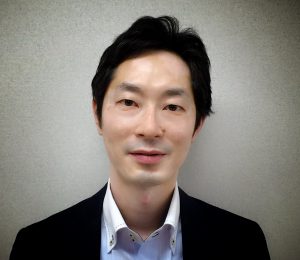
Tatsuro is UX researcher/consultant at U’eyes Design. His primary role at U’eyes Design involves planning, coordinating and managing international projects. Tatsuro devoted the first half of his career to the field of international business at major Japanese manufacturers; he continued pursuing his advanced education at Graduate school of Saitama University, where he received his Ph.D. degree in Economics. During his Ph.D. program, he completed extensive research on business organization with an emphasis on ethnographic approach.
Mami Inoue | UX Researcher & Consultant | U’eyes Design

Mami is a UX researcher/consultant at U’eyes Design. She leads and manages both local (Japan) and international projects. She holds a B.A. in Psychology and M.A. in Human Factors and Applied Psychology from California State University Northridge. Prior to joining U’eyes Design, she spent five years at Distance Learning systems Group as a Human Factors Consultant.
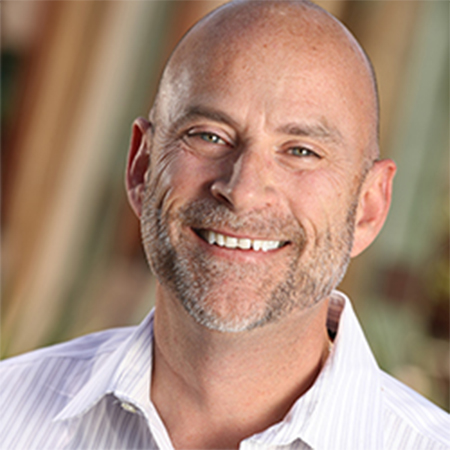 Russell J. Branaghan, PhD | President | Research Collective
Russell J. Branaghan, PhD | President | Research Collective
Russ is an Associate Professor of Human Systems Engineering at Arizona State University. He also serves as Visiting Professor of Human Factors in the Master of Product Design and Development Program at Northwestern University.
Prior to joining ASU, Russ spent 15 years leading human factors research teams at Hewlett-Packard, IBM, Fitch, Big Red Rooster and Lextant. Russ is founder and President of Research Collective, a Human Factors and user experience research consultancy based in Tempe, AZ.
